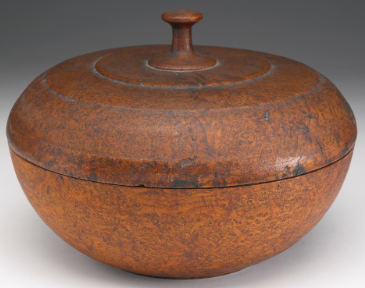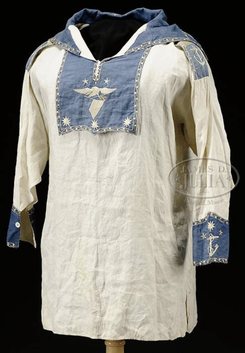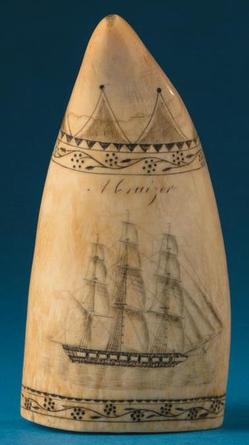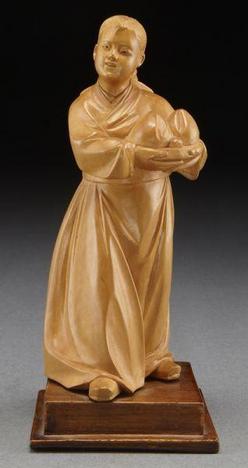 Burl wood is highly prized in the antiques world, used for veneer on a variety of case pieces and smaller decorative objects as well as being shaped into more utilitarian wares like bowls and utensils, but it starts life as one of those knobby, rounded growths often seen on trees. Most burl objects from an identified wood are ash, but burl can occur on just about any type of tree and objects are also made from maple, elm, and walnut burl, among others.
Burl wood is highly prized in the antiques world, used for veneer on a variety of case pieces and smaller decorative objects as well as being shaped into more utilitarian wares like bowls and utensils, but it starts life as one of those knobby, rounded growths often seen on trees. Most burl objects from an identified wood are ash, but burl can occur on just about any type of tree and objects are also made from maple, elm, and walnut burl, among others.
Burl is actually most typically a tree’s response to an injury of some sort – either a direct injury like a cut or a blow or an indirect one caused by the introduction of a virus or a fungus, and a great many of them are actually found in root systems in enormous connected networks when trees fall over. The knots within the burl themselves are dormant, malformed buds.
Extracting wood from a burl or using one to create an object is quite difficult, making burl not only prized for its rarity but for the difficulty in working with it. It is almost like a tumor – a dense cluster of cells and while the winding, convoluted grain makes it prone to cracking if worked with too much mechanical force, the same thickness of grain makes objects wrought from it unlikely to crack or split. Burl was often worked by hand, especially by Native Americans who created many utensils from it. On the other hand, if a bowl has parallel lines or rings on the exterior, a raised foot or a particularly consistent rim around the top, these are indications that it was turned on a lathe rather than carved by hand.
It should be noted that birdseye maple, while similar to burl in appearance, is not the same thing. The dark, hard knots found in burl are not present in birdseye maple and while many theories have been put forth, scientists do not yet have an explanation for what causes the birdseye effect.


![Sailor Craftwork; Pie Crimper, Whalebone & Ivory, Pillared Handle, Double Wheel, Fork, 7 inch. A scrimshaw whalebone crimper [pie crimper or jagging wheel] with whale ivory double wheels](http://www.prices4antiques.com/item_images/medium/68/55/63-01.jpg)




